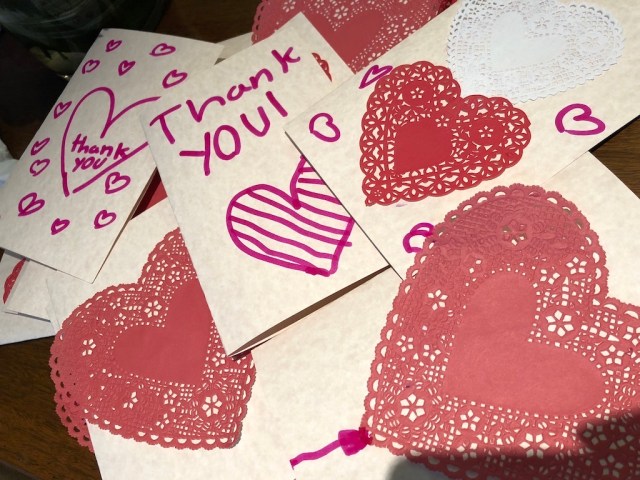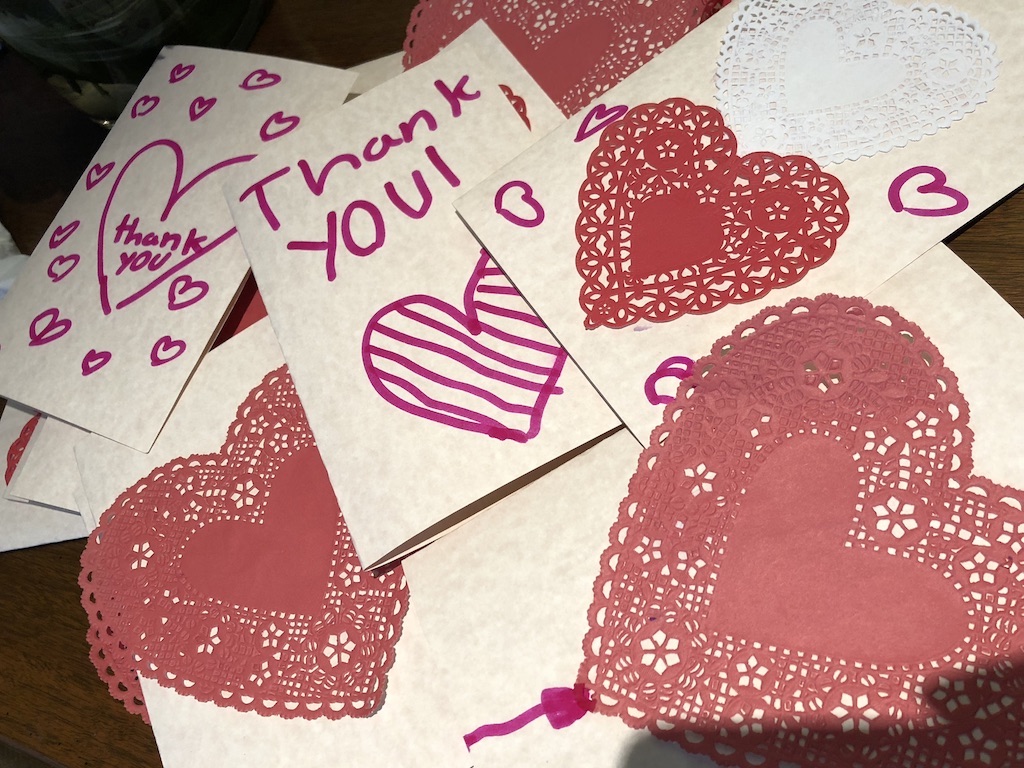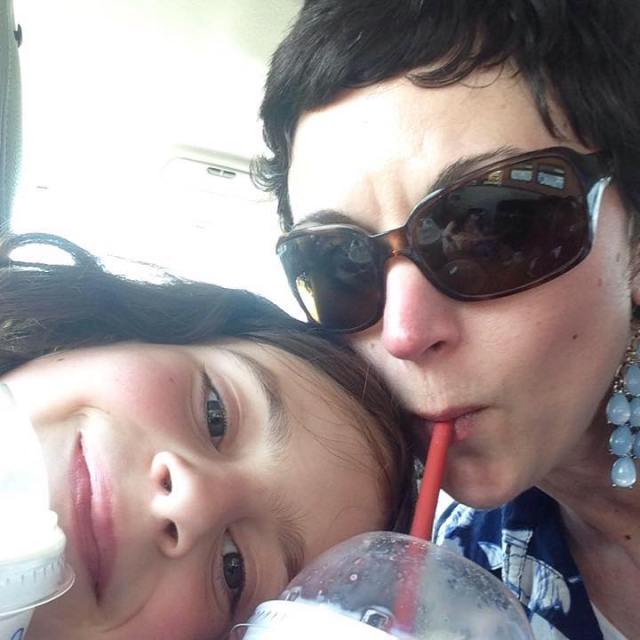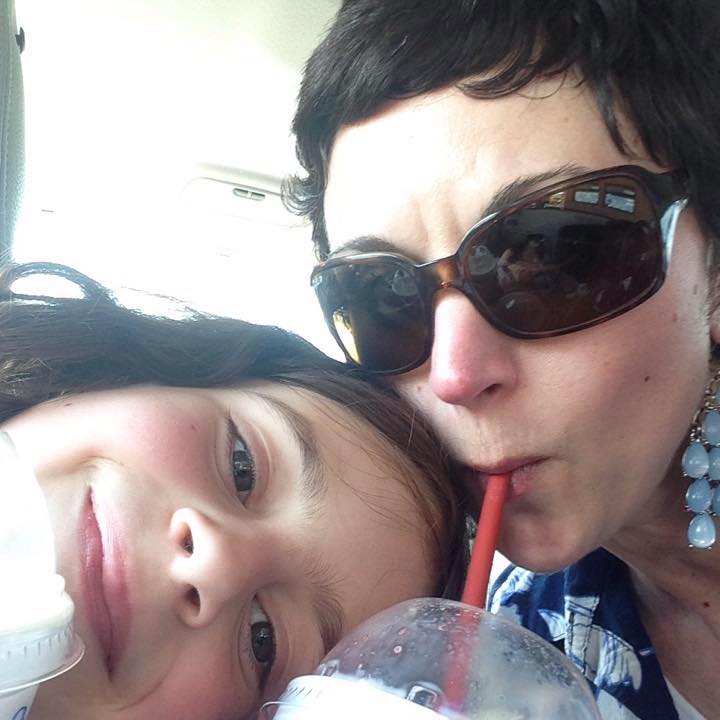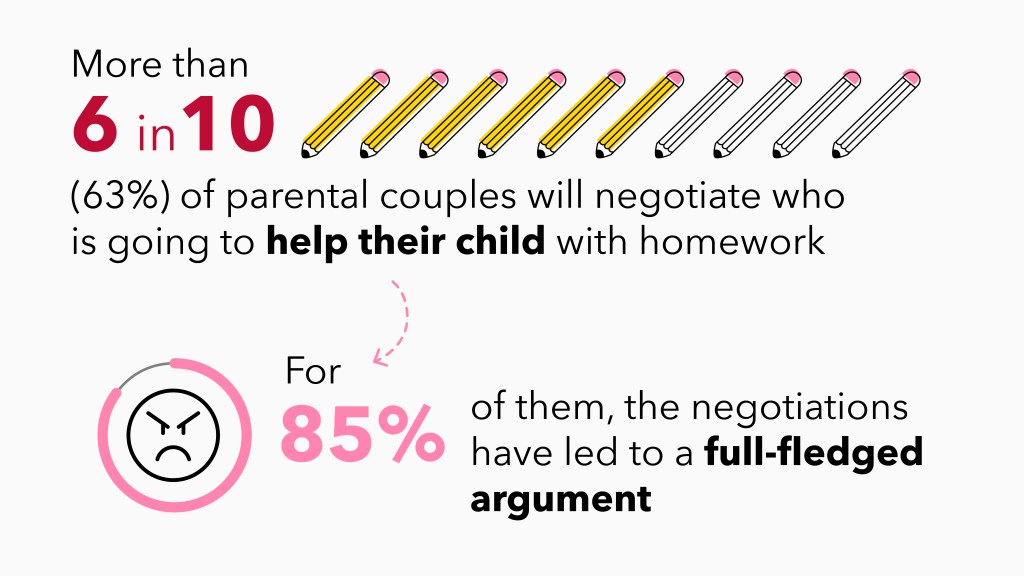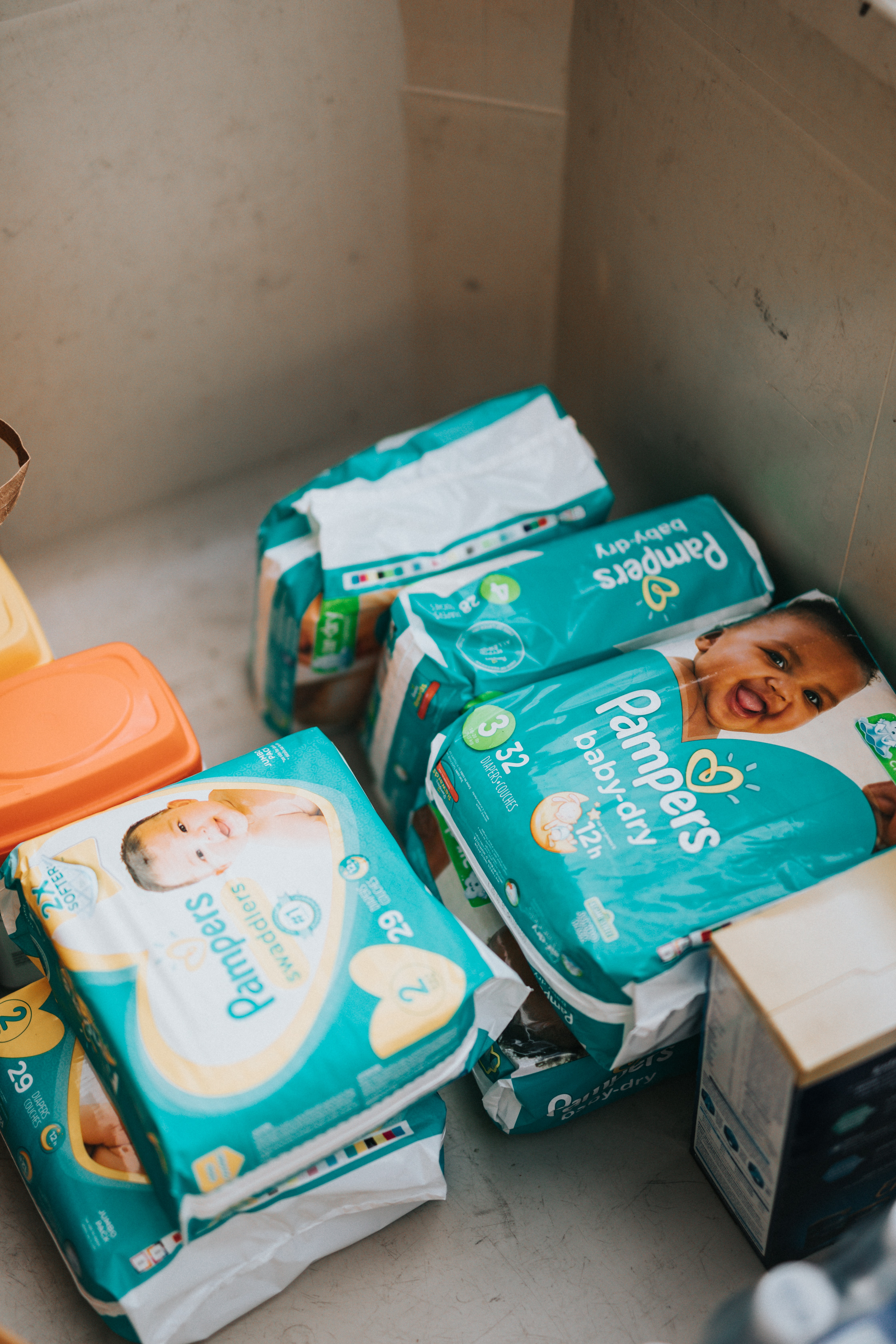
Pandemic life has been anything but normal but one thing is certain, all moms share the goal of keeping their kids happy and healthy. One key aspect of attaining this goal is helping your family get the best sleep possible. Between winter sniffles, inconsistent school schedules, and daylight savings, even the best sleepers can find themselves disrupted.
In my practice as a pediatric sleep consultant, I have seen a significant increase in preschool sleeping issues over the last year, which I believe directly correlates to the lack of physical and mental stimulation children are receiving during the day. Like many families, you may be finding yourself scrambling to get your family into a healthy sleep routine.
I have partnered with Mommy’s Bliss, one of the most trusted vitamin and supplement brands among parents, as they introduce their new sleep line of melatonin products for kids, three years and older. Sleep products, in conjunction with a steady sleep routine, can help your family get on track. Here are some tips you can start using right now for maintaining a healthy sleep environment for your family.
1. Create a Routine
I always suggest to my clients that they have a “timed routine” which means to have a set time for bed and not just allow children to fall asleep when they are tired. Over the past year, many families have been struggling to figure out their new “normal.” Sleep has been all over the map as parents try to balance working from home and keeping their children entertained. It’s essential to maintain a regular bedtime routine that works for your family. Children of all ages do best with consistency so, that’s why a predictable, nightly routine can be the key to a good night’s sleep.
Start with turning off screens at least an hour before bedtime (blue light from screens can delay melatonin), wind down with bath/shower time, or perhaps washing up at the sink, pajamas followed by brushing of teeth. Then move to the bedroom and dim the lights for a few books. At this point, your child can climb into bed and it should take them about 20 or so minutes to fall asleep if bedtime is at an appropriate time. Keep in mind that overtired and under-tired children may struggle more to fall asleep, so keep an eye on that clock! Wake times will vary based on your child’s age and activity levels. Try and stick to this schedule as much as possible but recognize that it’s common to deviate on occasion. After all, sometimes it’s fun to be spontaneous!
2. Use Supportive Resources
You may need to utilize outside resources to help your child wind down before bedtime. Guided meditations and yoga are excellent ways to have your child calm their bodies and minds and settle prior to climbing in bed. Some children are so wound up from their day, especially if they’ve been on screens for a large part of it, and they need a little physical outlet that also helps relax them. Consider reading to your child every single night; not only is it a great part of the winddown routine, but it also promotes early literacy. So, it’s a win-win!
3. Call in the Reinforcements
If you’ve established a good routine, you are using your outside resources, but bedtime is still a struggle, then it is ok to get back on track with the help of a melatonin supplement. Melatonin is the hormone released by your body that aids in sleep. Under the supervision of your pediatrician, this can be used for a short period of time to help supplement your child’s natural melatonin production if their bedtime has gotten far off track. The best way to use melatonin is after you’ve tried to implement a steady routine for at least a week since the majority of children benefit most from routine and consistency. If you are searching for safe melatonin products for your child, Mommy’s Bliss has a new great-tasting Kids Sleep Line crafted with a wise blend of ingredients, including melatonin, magnesium, organic chamomile, lemon balm, and passionflower. They’re designed to work hand-in-hand with a good bedtime routine to help support restful sleep.
For more bedtime bliss resources, visit mommysbliss.com.










